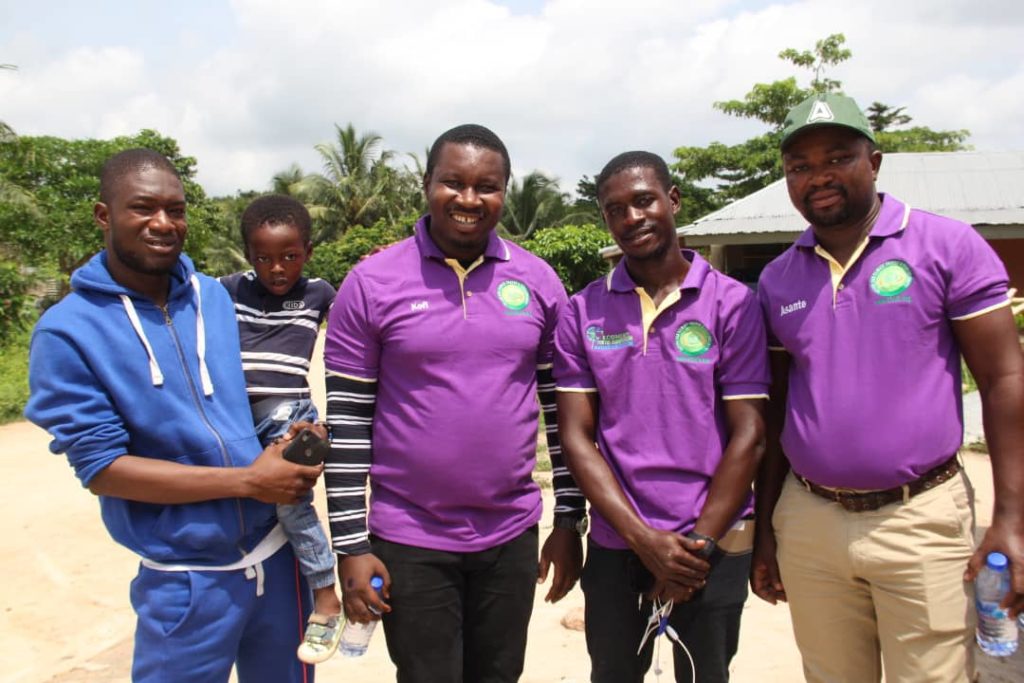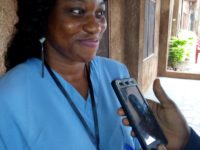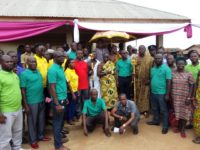
Ghana News-Ghanaian based Non-governmental organisation, Centre for Climate Change and Food Security (CCCFS) has began its second phase of piloted tree planting program at Timeabu in the Ashanti region.
This is to protect dying cocoa trees and ecology from devastation.
The farming community has experienced some levels of devastation of cocoa trees as a result of bad weather and poor rainfall in the past which affected production.
One of the farmers, Nana Dasebere Boama Darko, believes his colleagues would be relieved off the severe weather condition when the trees grow.
INITIATIVE:
The exercise initiated by the centre and supported by senior research officer, Mr. Fuad Mohammed and Mr. Abednago Asante, both at the Ghana Cocoa Board is one of many outlined community programs to complement efforts of rural farmers to contribute towards government’s target of over one million tonnes of cocoa in four years.
Same project is expected to be carried out in many communities across the country in the coming months.
This is the third time researchers at the centre have visited the farming community to plant and monitor growth of trees planted six months ago.
So far, about 200 framo trees have been planted in the community.
EXECUTIVE DIRECTOR:
“Protecting the ecology is very important. We are likely to live a shameful life if trees continue to die every day” Executive Director of the centre, Mahmud Mohammed-Nurudeen tells media men.
Mohammed-Nurudeen says “planting of trees is also to sequester carbon, and help remove carbon dioxide from the air, which cools the earth.”
The carbon storage capacity of forests is about three times as large as the pool of carbon in the atmosphere.
If forests are reduced, or eliminated, he says, the captured carbon goes into the atmosphere as carbon dioxide.
Despite their importance to life, Mohammed-Nurudeen, emphasizes humans have cut down half of the world’s trees.
“Every year we cut down over 50,000 square miles of forest worldwide for paper, agriculture, building materials and fuel.
That’s an area the size of the state of Alabama! In fact, every year! Isn’t that sad? We should be worried as people.
Several research have proven that, carbon release from deforestation accounts for 25 to 30 percent of the four to five billion tons of carbon accumulating every year in the atmosphere from human activities.
Bureau Chief of Climate Change Reporters in Ghana, Kofi Adu Domfeh, emphasizes on the need to put trees back any way we can, as fast as we can.
“What you may not know is that trees also build soil and offer energy-saving shade that reduces global warming.” He says.
Domfeh says, “we want to create habitat for thousands of different species and also help to reduce ozone levels.”
Farmers who received the trees expressed their excitements and promised to provide them the needed nutrients to grow.
The centre aims to provide enabling environment for all species, make issues of food security relevant and tackle climate change head-on to make Ghana better place to live.
Last year, CCCFS started “climate talk program” in both tertiary and secondary schools in the country. It is purposely to sensitize students and encourage them to take environmental issues seriously.
Another event that has caught attention of Ghanaians was the launch of campaign against food wastage and overeating in the upper west region. The campaign has since brought some levels of change in the Ghanaian society.
What do you think about this piece? Share your comment in the comment thread and share the story using the social media buttons above. Thank you.





